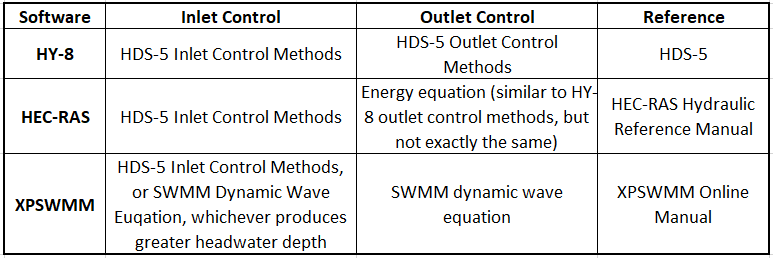Reference




OpenAI's Answer
The HEC-RAS model is a sophisticated tool developed by the U.S. Army Corps of Engineers for simulating the hydraulics of water flow through rivers and channels. It offers both one-dimensional and two-dimensional hydraulic calculations (source).
When comparing HEC-RAS to manual calculations in terms of accuracy:
-
Complexity: HEC-RAS can handle complex geometry and flow conditions which might be overly simplified in manual calculations.
-
Precision: The model can provide more detailed results due to its ability to process large datasets and complex boundary conditions. Manual calculations may not reach the same level of precision, especially for intricate systems.
-
Efficiency: HEC-RAS is more efficient for large-scale analyses, as manual calculations can be time-consuming and prone to human error.
-
Stability vs. Accuracy: In HEC-RAS, parameters like the theta value can be adjusted to balance stability and numerical accuracy. A theta closer to 0.6 increases accuracy but may reduce stability, whereas a theta of 1.0 enhances stability but reduces accuracy (source).
Overall, HEC-RAS is a powerful tool for ensuring accuracy in hydraulic modeling, but it requires careful configuration to maintain the balance between accuracy and stability. Therefore, while manual calculations serve as a good preliminary check or for simpler systems, HEC-RAS is generally superior for comprehensive analysis.
Follow Up
Related
To study various machine learning techniques for the prediction of user engagement on social media p
ChatGPT and Its Role in Transforming the Healthcare Industry: Opportunities, Challenges, and Future
How does the accuracy of the AK-47 compare to the AKM?
What are the vertical and horizontal accuracies of the AK-47 at 300 meters?